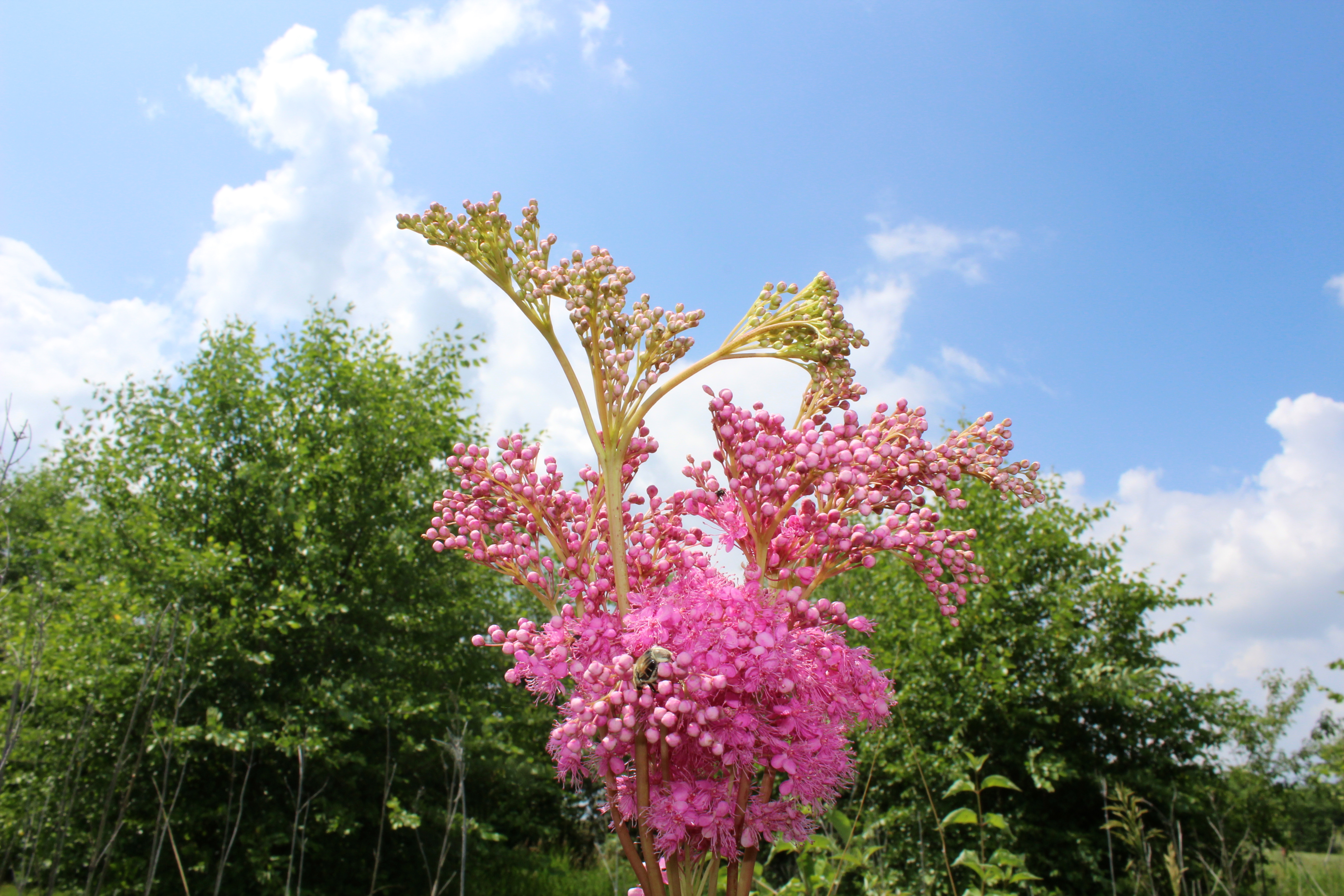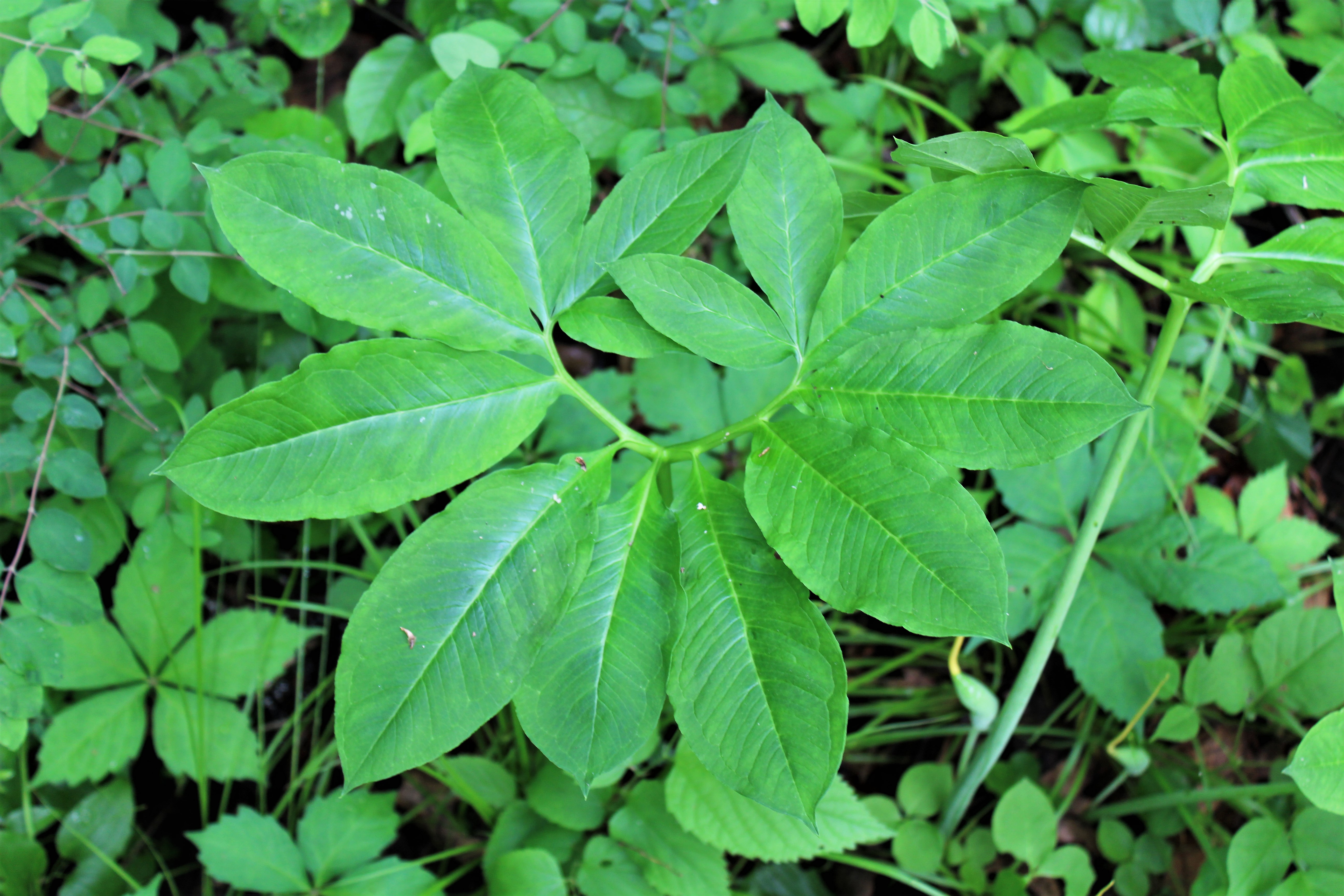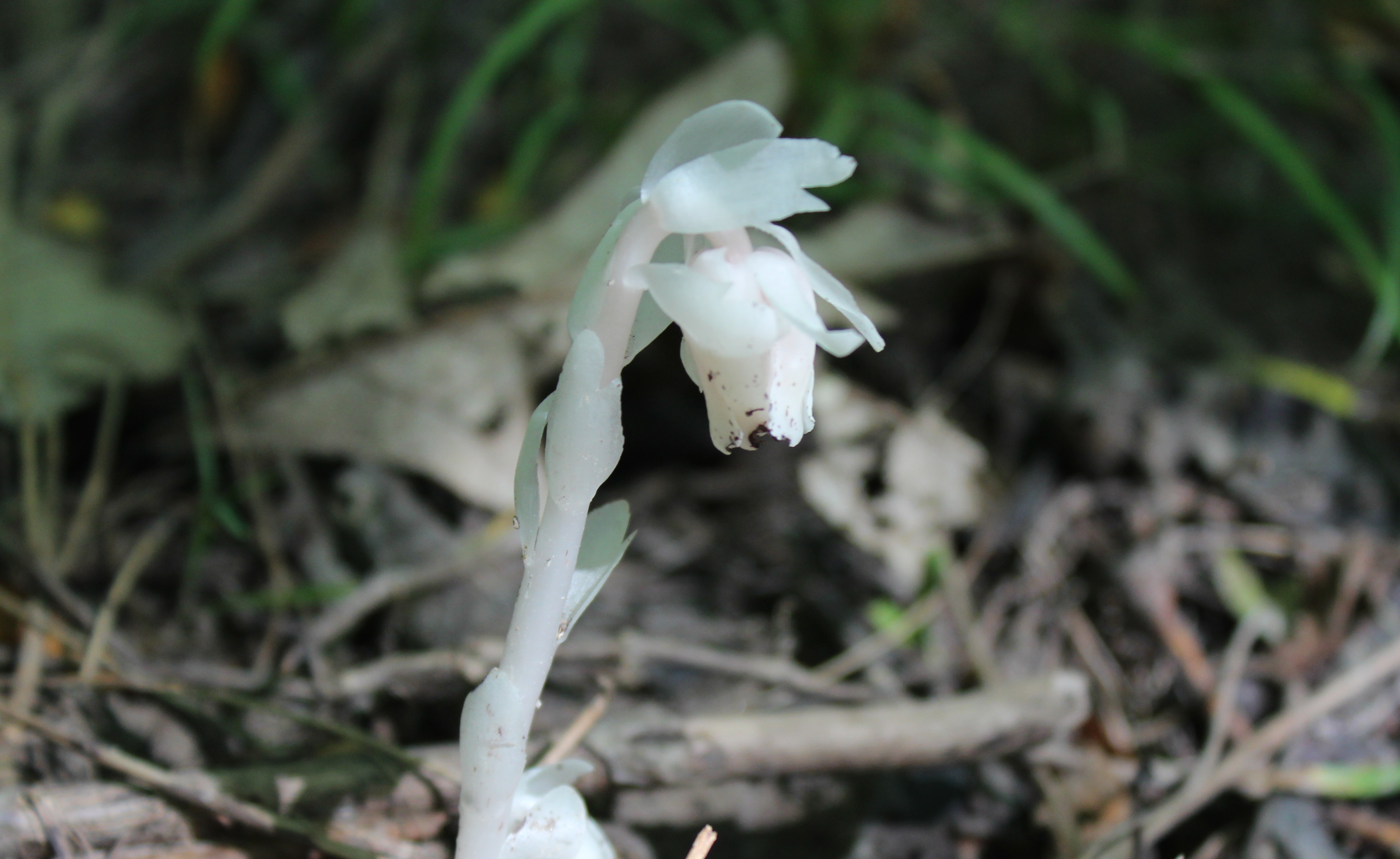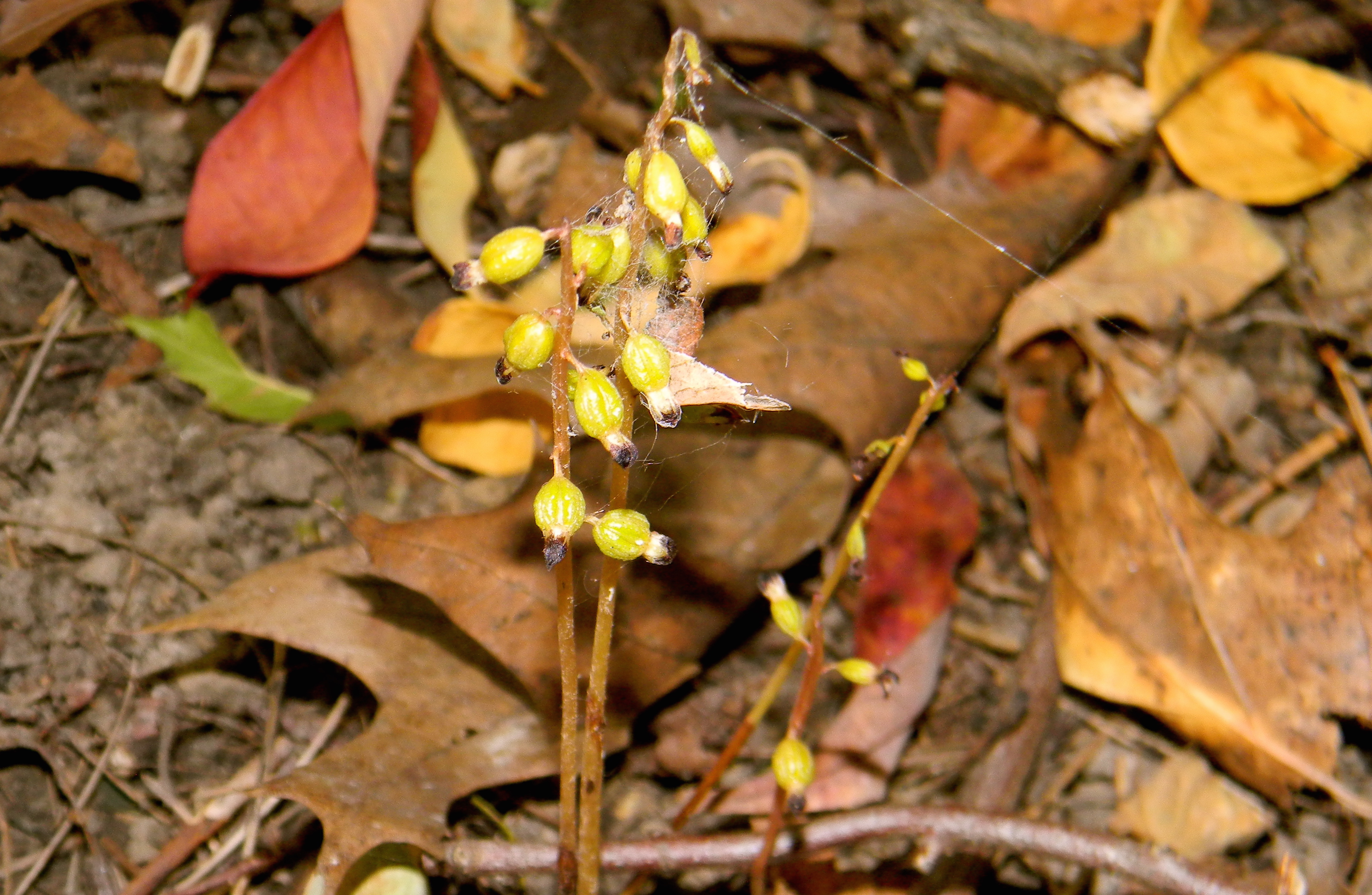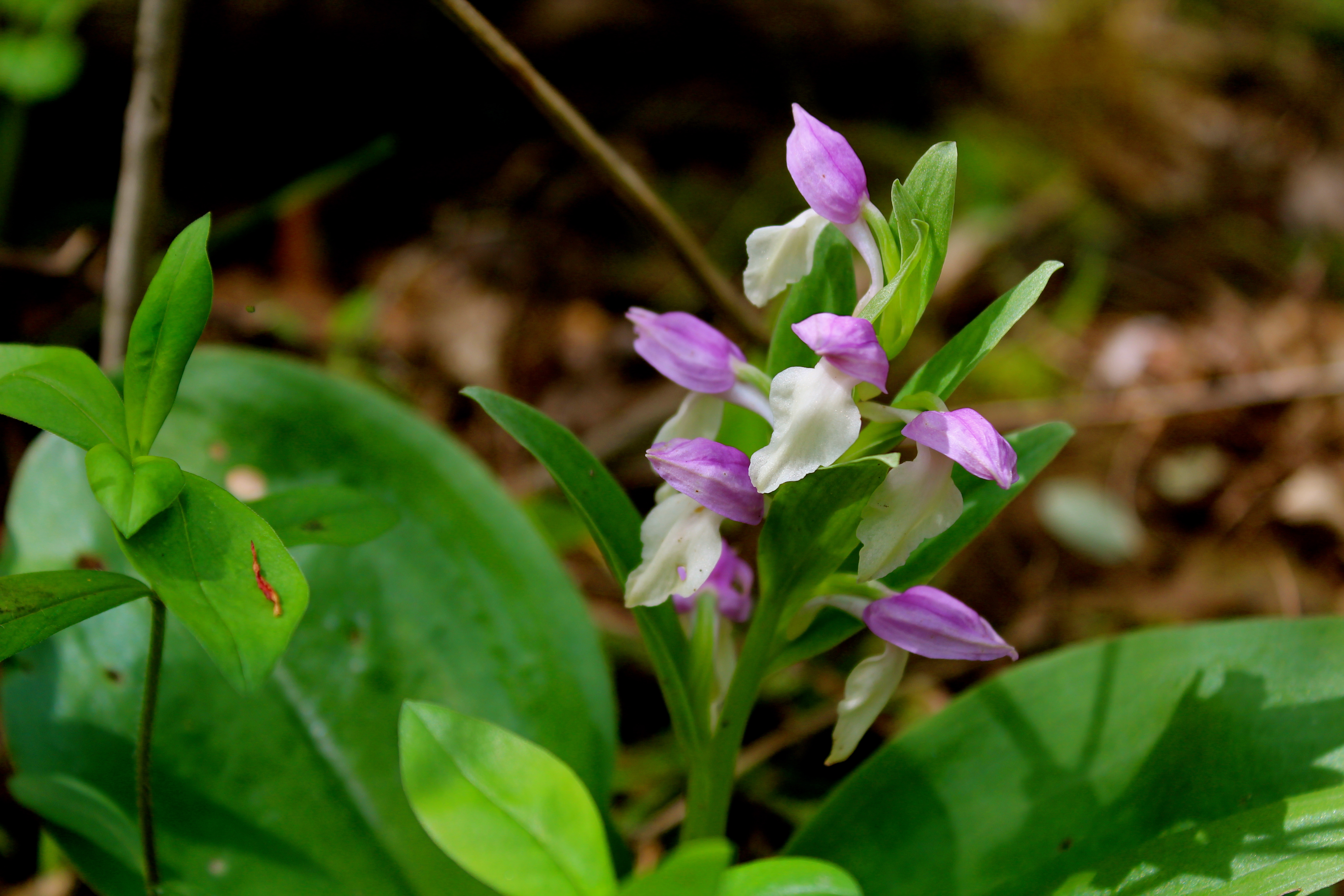I am thrilled to have Marla Mertz share her stunning pictures and description of a native plant I’ve never seen “in real life.” -promoted by desmoinesdem
When someone comments about an orchid, what do you envision in your mind; beauty, grace, delicate, romantic, exotic, tropical? Seeing beautiful orchids in a gardening center or store, I always have to stop and look at each individual one. If I were to a choose one I don’t think I could…each one is more beautiful than the other. It becomes very personal and sometimes it takes a connection to one over the other.
Did you know that Iowa has 32 species of native orchids? According to Bill Witt, author of “Iowa’s Wild Orchids,” an article written for the Iowa Natural Heritage magazine, “Orchids are among the most prolific of all families in the plant kingdom. Over 20,000 species inhabit almost every imaginable habitat to be found between the polar ice caps, from cold, alpine regions to the deserts. Iowa’s orchids, too have matched themselves to just about every available niche, from the white oak swamps of Muscatine and Lee counties to the dry, windswept Loess Hills of Monona and Plymouth counties.”
In 1995, I had the great opportunity to extend my career as the Naturalist for Marion County, Iowa. I had only been working out of the Cordova Park office a short while when a very kind gentleman stopped by to introduce himself and extend an invitation to come to his Christmas tree farm the following spring. He didn’t hold back his welcoming gesture and enthusiasm, and it wasn’t an invitation to see the trees, it was an invite to introduce me to a special woodland orchid growing on his farm called the Showy orchis.
This venture and the gentleman’s enthusiasm inspired a 20 year affair with the Showy orchis. I located one beautiful orchis at Cordova Park, which, unfortunately met its demise with some timber management and clearing. I didn’t know that the plant’s demise would create such personal turmoil. Over the course of the next 19 years I have tromped the earth at Cordova Park searching for more of these hidden treasures. Naturally, some come and go due to successional changes, but I have never located more than five in a year.
Continue Reading...


